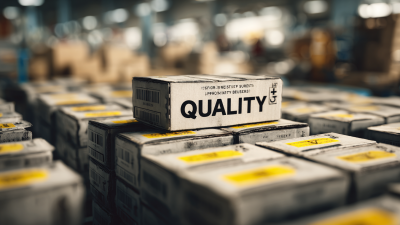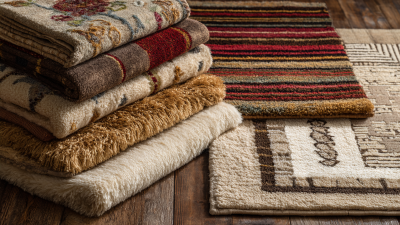In recent years, the popularity of bath inserts has surged, revolutionizing the way we approach bathroom design and functionality. According to a report by the National Kitchen and Bath Association (NKBA), over 60% of homeowners have expressed an interest in upgrading their bathrooms as a means of enhancing both aesthetic appeal and practical use.
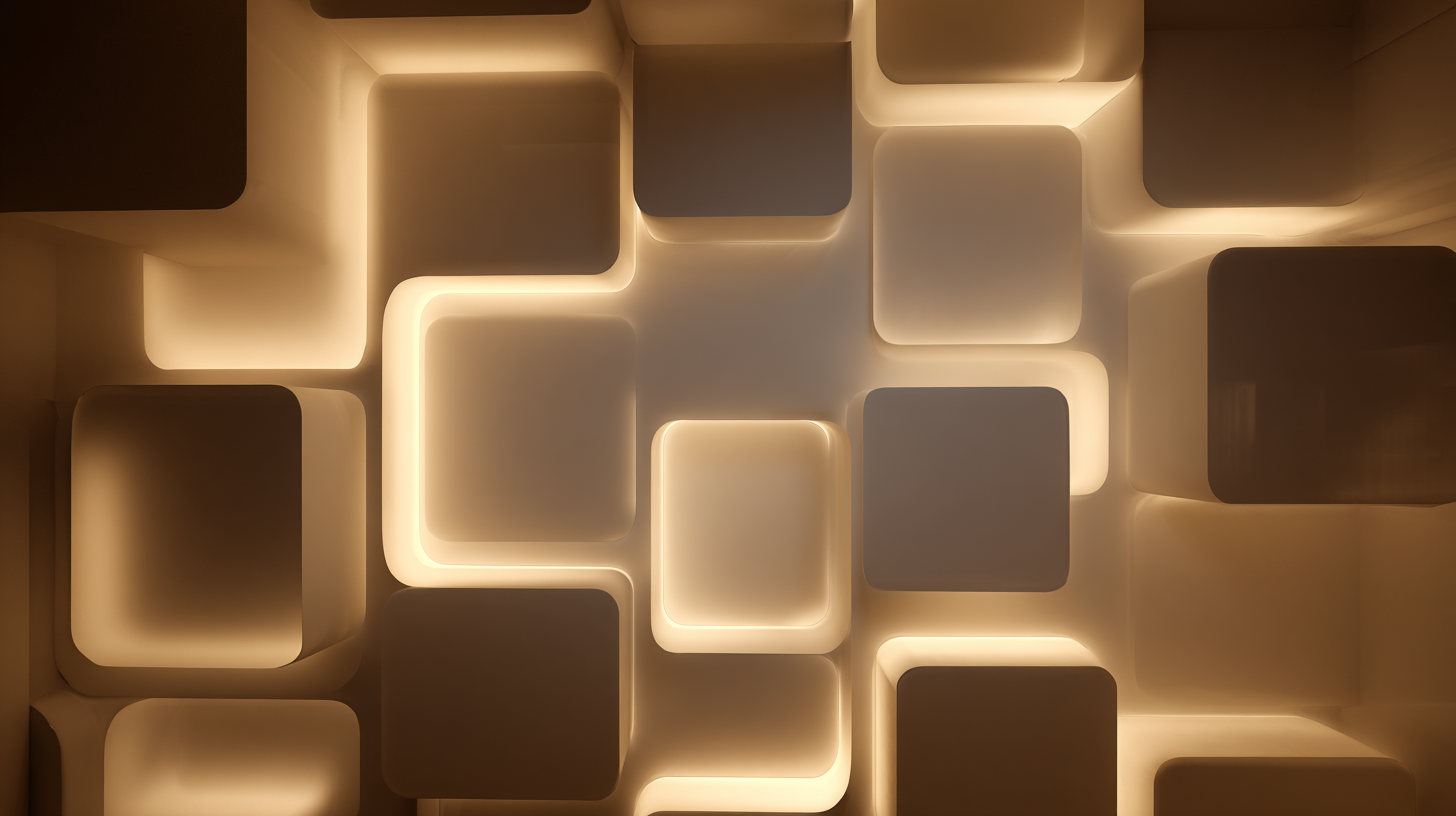 Bath inserts, which are prefabricated molds designed to fit over existing bathtubs, provide a seamless solution for those looking to modernize without the need for extensive renovations. These innovative products not only save time and labor costs but also contribute to energy efficiency by reducing water consumption. As the trend towards wellness and relaxation continues to influence bathroom design, the adoption of bath inserts reflects a growing consumer desire for both luxury and convenience, making them a key element in contemporary home improvement strategies.
Bath inserts, which are prefabricated molds designed to fit over existing bathtubs, provide a seamless solution for those looking to modernize without the need for extensive renovations. These innovative products not only save time and labor costs but also contribute to energy efficiency by reducing water consumption. As the trend towards wellness and relaxation continues to influence bathroom design, the adoption of bath inserts reflects a growing consumer desire for both luxury and convenience, making them a key element in contemporary home improvement strategies.
Bath inserts, also known as tub liners, are specialized products designed to fit over the existing bathtub or shower surface. Their primary purpose is to create a more aesthetically pleasing and functional bathroom space while providing a protective layer against wear and tear. These inserts can cover everything from scratches and stains to cracks, making them a popular choice for homeowners looking to refresh their bathrooms without the expense of a full renovation.
When considering bath inserts, there are several benefits to keep in mind. Firstly, they are easy to install and often require no major modifications to the existing plumbing. Additionally, bath inserts come in a variety of styles, colors, and materials, allowing homeowners to tailor the design to their personal preferences. Finally, this solution is ideal for those looking to increase the resale value of their property, as a well-maintained bathroom can significantly enhance appeal to potential buyers.
**Tips:** When selecting a bath insert, ensure that you choose a model made from durable materials resistant to mold and mildew. Also, measure your bathtub accurately to avoid any sizing issues during installation. Lastly, consider professional installation for a seamless look, especially if you’re unfamiliar with DIY projects.
Bath inserts have revolutionized modern bathroom design, providing both aesthetic appeal and practical benefits. According to a report by the National Kitchen and Bath Association (NKBA), the demand for bathtubs with innovative features has risen by nearly 30% over the past five years. This surge is largely attributed to consumer preferences for customizable options that enhance both comfort and functionality. Bath inserts, which can fit over existing tubs or be integrated into the design, offer homeowners a versatile solution that aligns with contemporary design trends.
Additionally, bath inserts contribute to improved hygiene and energy efficiency. The American Standard report highlights that bathtubs with inserts can reduce water consumption by up to 25%, making them a sustainable choice for eco-conscious homeowners. Moreover, these inserts are designed with materials that are easier to clean and maintain, which not only ensures a healthier environment but also extends the life of bathroom fixtures. As the trend towards minimalistic and practical bathroom designs continues, the value of bath inserts in enhancing both style and utility cannot be overstated.
| Feature | Description | Benefits | Innovations |
|---|---|---|---|
| Material | Composite, acrylic, fiberglass | Durability and easy maintenance | Eco-friendly materials available |
| Customization | Variety of sizes, colors, and designs | Personalized bathroom aesthetics | 3D printing for custom shapes |
| Installation | Quick and easy to install | Minimizes renovation time and cost | Modular designs for easy swapping |
| Safety | Non-slip surface options | Reduces risk of slipping | Integrated lighting systems |
| Cost-effectiveness | Affordable replacement option | Saves on bathroom remodel expenses | Smart technology integration |
Bath inserts have revolutionized bathroom design with their innovative materials and technologies, enhancing both functionality and aesthetics. These inserts, typically made from advanced composites, acrylics, or fiberglass, offer a seamless and customizable solution that can transform outdated tubs into modern retreats. Their lightweight nature makes installation easier, while the non-porous surfaces ensure easy cleaning and maintenance, reducing the growth of mold and mildew.
Recent advancements in technology have introduced features such as integrated lighting, hydrotherapy jets, and smart controls that elevate the bathing experience. Some inserts even incorporate antimicrobial coatings and energy-efficient heating systems, promoting a healthier environment and conserving resources. Additionally, the use of environmentally friendly materials aligns with the growing trend towards sustainable living, making bath inserts not just a design choice but also a responsible one. As bathroom innovation continues to evolve, the incorporation of these cutting-edge materials and technologies ensures that bath inserts remain at the forefront of modern home design.
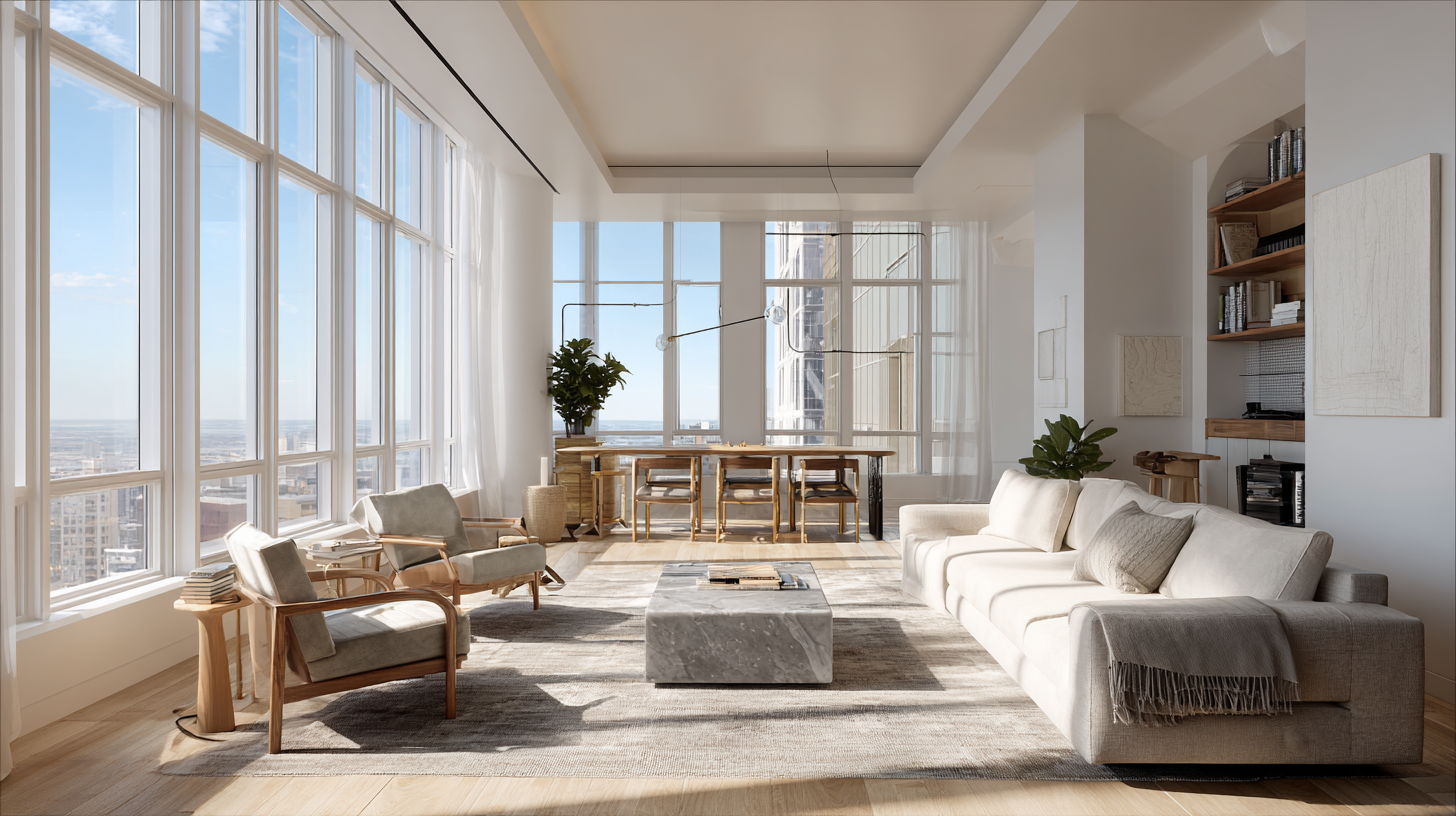
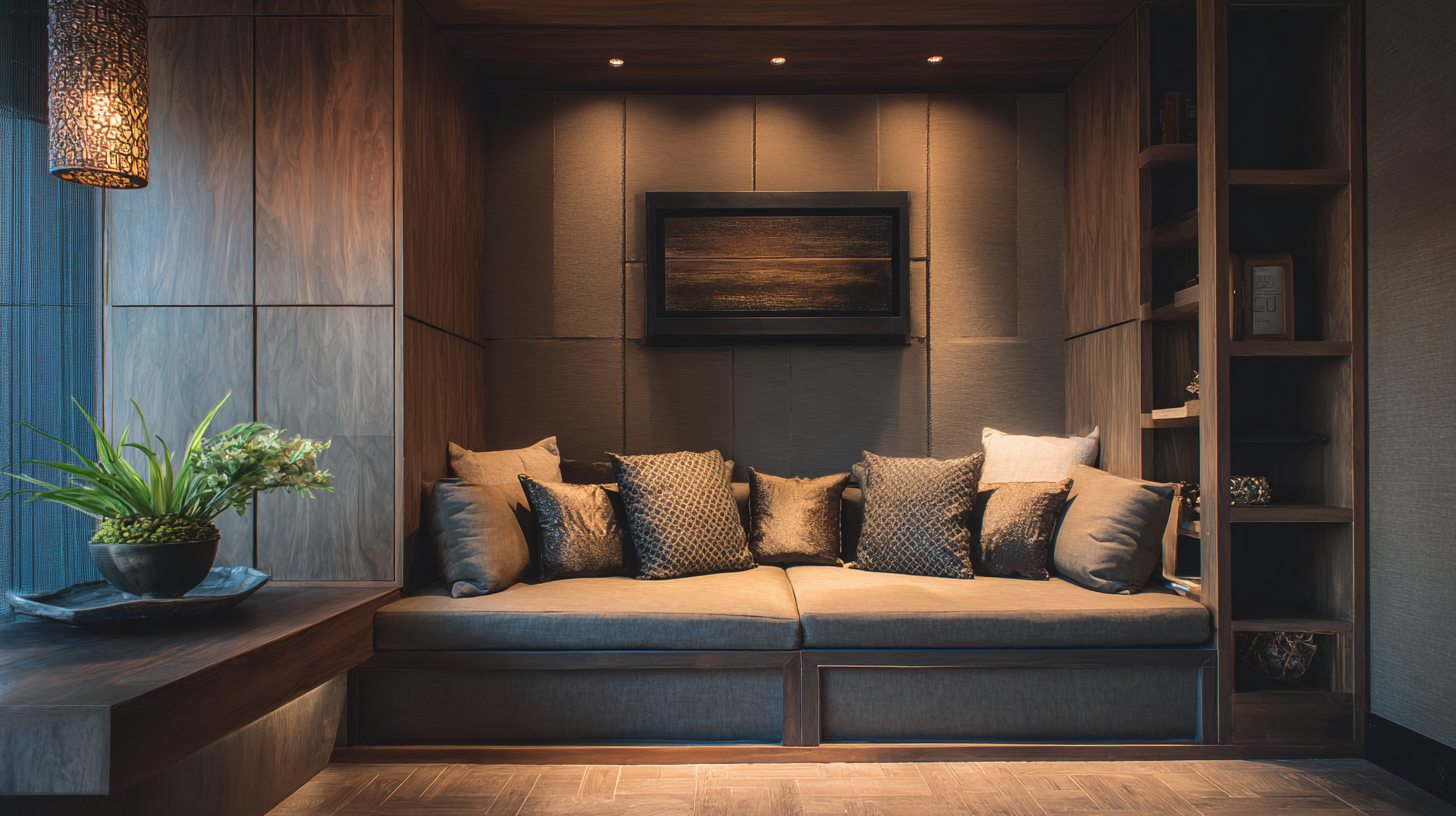 Bath inserts have become an integral solution in enhancing the safety and accessibility of bathtubs, particularly for the elderly and individuals with mobility challenges. According to the National Council on Aging, falls are the leading cause of injuries among older adults, with one in four experiencing a fall each year. Bath inserts significantly reduce the risk of slips and falls by offering textured surfaces and secure grips. By elevating the bathing experience, these inserts help create a safer environment, enabling users to maintain their independence while enjoying a relaxing soak.
Bath inserts have become an integral solution in enhancing the safety and accessibility of bathtubs, particularly for the elderly and individuals with mobility challenges. According to the National Council on Aging, falls are the leading cause of injuries among older adults, with one in four experiencing a fall each year. Bath inserts significantly reduce the risk of slips and falls by offering textured surfaces and secure grips. By elevating the bathing experience, these inserts help create a safer environment, enabling users to maintain their independence while enjoying a relaxing soak.
Additionally, many modern bath inserts are designed with innovative features such as built-in grab bars and slip-resistant materials. A recent report by the Home Improvement Research Institute indicated that increasing accessibility in home design leads to a 50% reduction in bathroom injuries. This shift towards safety-focused designs reflects a broader trend in the industry, prioritizing user-friendly innovations that cater to diverse needs.
Tips: When selecting a bath insert, look for models that are certified for slip resistance and have adjustable features to match your specific bathing needs. Regularly check for any wear and tear to maintain safety standards, ensuring that your bathing experience remains both comfortable and secure.
When evaluating bathing options, homeowners are increasingly comparing bath inserts with traditional bathtubs. According to a report from the National Kitchen & Bath Association (NKBA), bath inserts can significantly enhance bathroom aesthetics and functionality, leading to a surge in their popularity. Bath inserts, designed to fit over existing bathtubs or in newly remodeled spaces, provide a seamless look and modern feel. They often come with advanced features like built-in shelving and easy-to-clean surfaces, catering to consumers' desire for both convenience and style.
In contrast, traditional bathtubs, while classic and reliable, often require more maintenance and can absorb moisture, leading to issues like mold and mildew. A study from the American Institute of Architects (AIA) indicates that about 67% of homeowners prefer low-maintenance options in their renovations. This preference favors bath inserts, which are often made from materials such as acrylic or fiberglass that resist staining and are easier to maintain. Additionally, bath inserts can be more cost-effective, with installation times reportedly up to 50% shorter than that of traditional bathtubs, making them an attractive choice for busy homeowners looking to renovate swiftly and efficiently.



